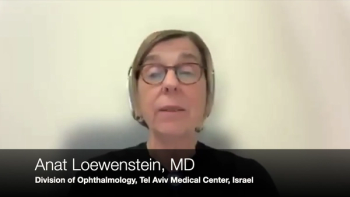
Examining the performance of AI algorithms versus human graders in neovascular age-related macular degeneration

Examining the performance of AI algorithms versus human graders in neovascular age-related macular degeneration
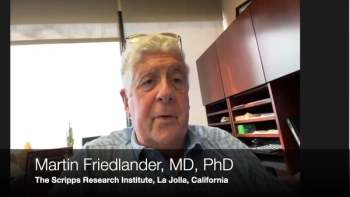
Martin Friedlander, MD, PhD, discusses phase 3 macular telangiectasia findings, highlighting the potential for a decade-long alternative to intravitreal injections.
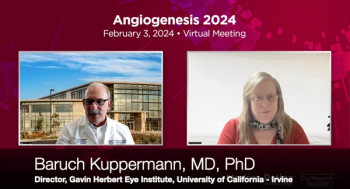
Baruch Kuppermann, MD, PhD, discusses interim results from the first in-human Phase 2 RIPPLE-1 Trial of a dexamethasone implant for diabetic macular edema and retinal vein occlusion.
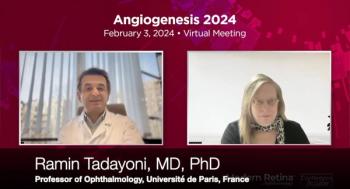
Ramin Tadayoni, MD, PhD, highlights data from the BALATON and COMINO Phase 3 studies about faricimab, respectively, in branch retinal vein occlusion and central retinal vein occlusion.

A minimum of 5,000 patients with up to 5 years of follow-up will be included in the study, with patients from a variety of practice settings and clinician experiences in 28 countries and 500 sites
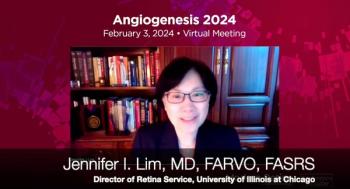
Jennifer I. Lim, MD, FARVO, FASRS sat down with Hattie Hayes of Ophthalmology Times Europe to discuss her findings, including exciting advancements in targeting Ang2 and VEGF from the Angiogenesis Exudation and Degeneration 2024 event.
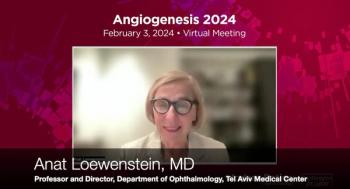
Anat Loewenstein, MD, sat down with Hattie Hayes of Ophthalmology Times Europe to discuss the implication of longitudinal AI-based fluid quantification for at-home monitoring from the Angiogenesis Exudation and Degeneration 2024 event.
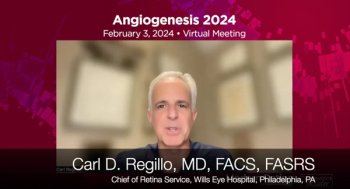
Carl D. Regillo, MD, FACS, FASRS, discussed recent data from the DAVIO 2 trial in his presentation at the virtual Angiogenesis, Exudation, and Degeneration 2024.
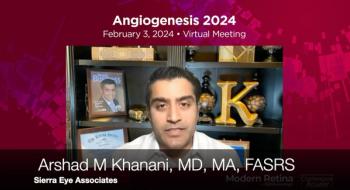
Sydney M Crago, the editor of Modern Retina, talks with Arshad M Khanani, MD, MA, FASRS, about the expanded efficacy data from the GATHER 2 trial for geographic atrophy (GA).
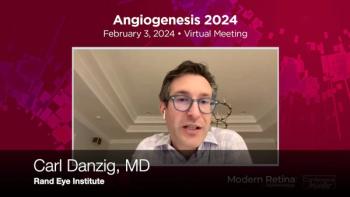
Carl Danzig, MD, sat down with Martin David Harp of Ophthalmology Times to discuss his presentation AVD-104 for Geographic Atrophy: Glyco-immunologic modulation of macrophage activity from the Angiogenesis Exudation and Degeneration 2024 event.

Early-onset drusen maculopathy (EODM), is part of the age-related macular degeneration (AMD) phenotype that occurs in individuals under 55 years of age.
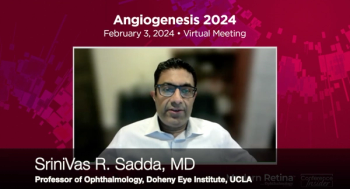
SriniVas R. Sadda, MD, sat down with David Hutton of Ophthalmology Times to discuss his presentation about precursor lesions for development of atrophy and AMD from the Angiogenesis Exudation and Degeneration 2024 event.
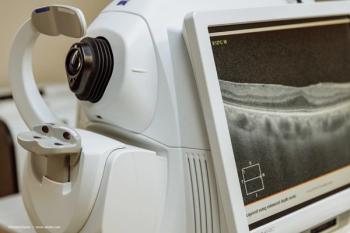
Multimodal technology bridges the gap between advanced age-related macular degeneration (AMD) biomarkers and clinical features.
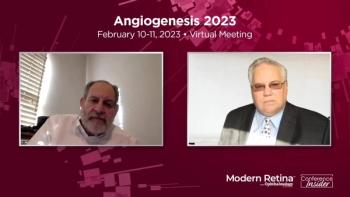
David S. Boyer, MD, presented data from the PHOTON study examining the safety and efficacy of high-dose aflibercept for treatment of diabetic macular edema at the 2023 Angiogenesis, Exudation, and Degeneration conference.

The company noted that all OTX-TKI treated subjects who were rescue-free at the Month 7 interim analysis remained rescue-free, extending the 73% rescue-free rate up to Month 10.
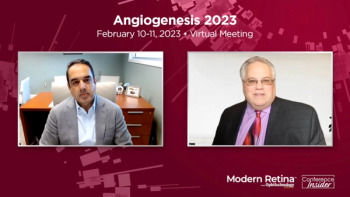
Rishi Singh, MD, presented data from the Phase 3 DERBY and OAKS clinical trials for geographic atrophy at the 2023 Angiogenesis, Exudation, and Degeneration conference.
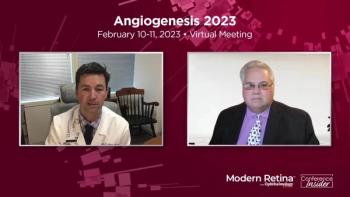
In a presentation at the Angiogenesis, Exudation, and Degeneration 2023 conference, Justis Ehlers, MD, presented "Ellipsoid Zone Integrity in Dry AMD: An Imaging Biomarker for Progression Risk and Clinical Trial Endpoint.”
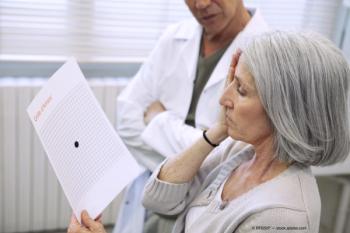
In a presentation at the Angiogenesis, Exudation, and Degeneration 2023 meeting hosted by Bascom Palmer Eye Institute, Baruch Kupperman, MD, PhD, detailed research in which investigators evaluated risuteganib for safety and effectiveness in patients with dry AMD.
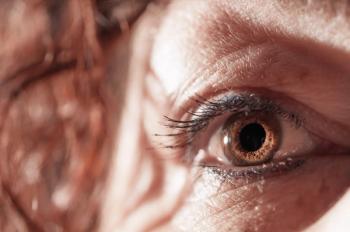
In a presentation at the 2023 Angiogenesis, Exudation, and Degeneration program, Usha Chakravarthy, PhD, FRCOphth, CBE, presented data from the trial of lampalizumab, which is peeling back some of the mystery shrouding geographic atrophy.

In a presentation at Bascom Palmer’s 2023 Angiogenesis, Exudation, and Degeneration conference in Miami, Pedro Lylyk, MD, said ophthalmic artery angioplasty could prove to be a treatment option for patients diagnosed with age-related macular degeneration.
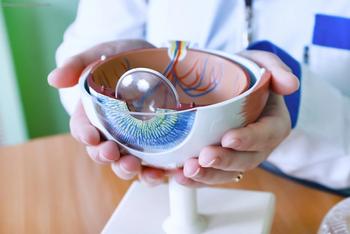
A study conducted by Gemmy Cheung, MBBS, FRCOphth and colleagues shows geographic atrophy (GA) lesion phenotypes, associated features, and growth rates differ between Asians and non-Asians.

The Bascom Palmer program showcases neovascular, exudative, and degenerative eye diseases, and is designed for retina specialists, general ophthalmologists and researchers.
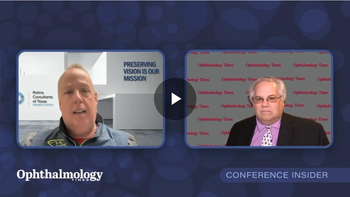
At Angiogenesis, Dr. David Brown presented the Phase 2 results of the CANDELA study for high dose aflibercept 8 milligram for wet AMD; here, he discusses those results.

During a presentation at the Bascom Palmer Eye Institute Angiogenesis, Exudation, and Degeneration 2022 conference, Robert Bhisitkul, MD, PhD, provided 24-week clinical data from the Phase 1 study, demonstrating that patients with DME and wAMD showed improved visual acuity through 24 weeks following a single dose of UBX1325.
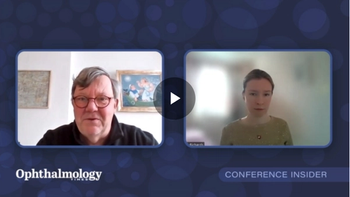
Dr. Carel Hoyng divulges the main takeaways from his Angiogenesis presentation, including the origins of Stargardt disease, correct diagnosis, ongoing gene therapy trials and the future of therapy.

Carel B. Hoyng, MD, noted that investigators have developed an RNA therapy to stop the progression of the disease, which ultimately leads to legal blindness.
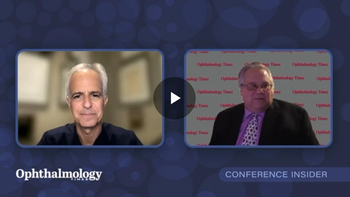
Dr. Carl Regillo discusses the 100-week results of KESTREL and KITE, two pivotal Phase 3 studies for brolucizumab for the treatment of diabetic macular edema.
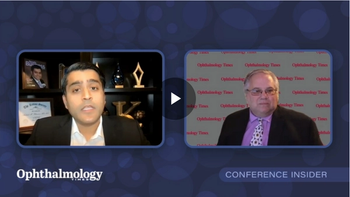
Dr. Arshad M. Khanani reviews the Phase 2 part A results of the KALAHARI study of THR-149 for the treatment of DME.

Arshad M. Khanani, MD, MA, told attendees at the Bascom Palmer Eye Institute’s 19th annual Angiogenesis, Exudation, and Degeneration 2022 Virtual Edition that data from the part A of the KALAHARI trial is encouraging, showing that THR-149 has the potential to improve vision in patients with DME who have a sub-optimal response to anti-VEGF therapies.

Most patients (95%) with the PDS implanted did not need supplemental treatment before the refills, indicating the persistence and durability of the treatment.